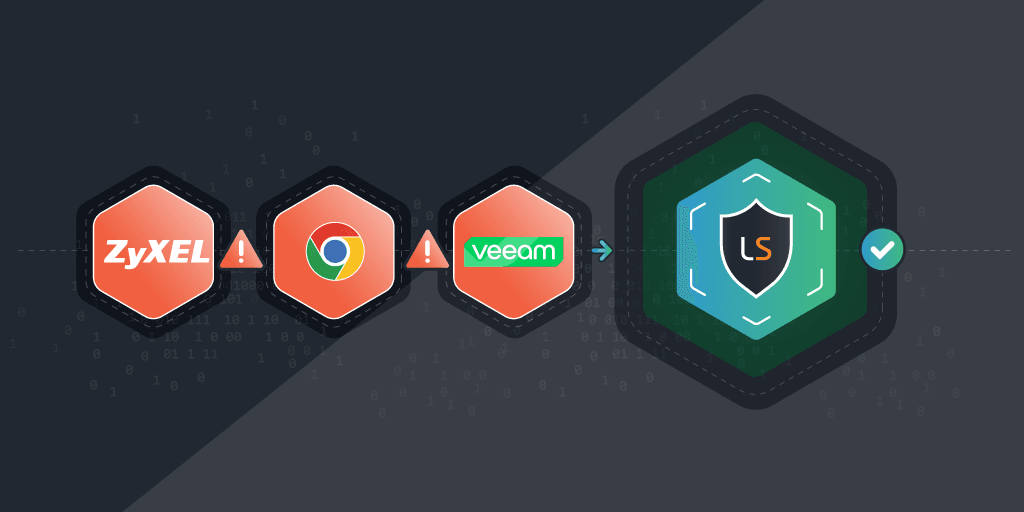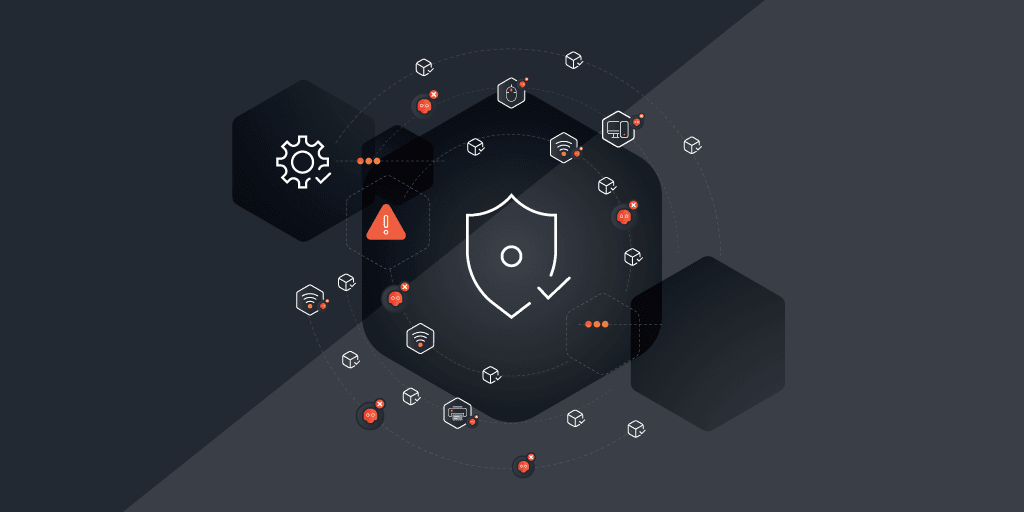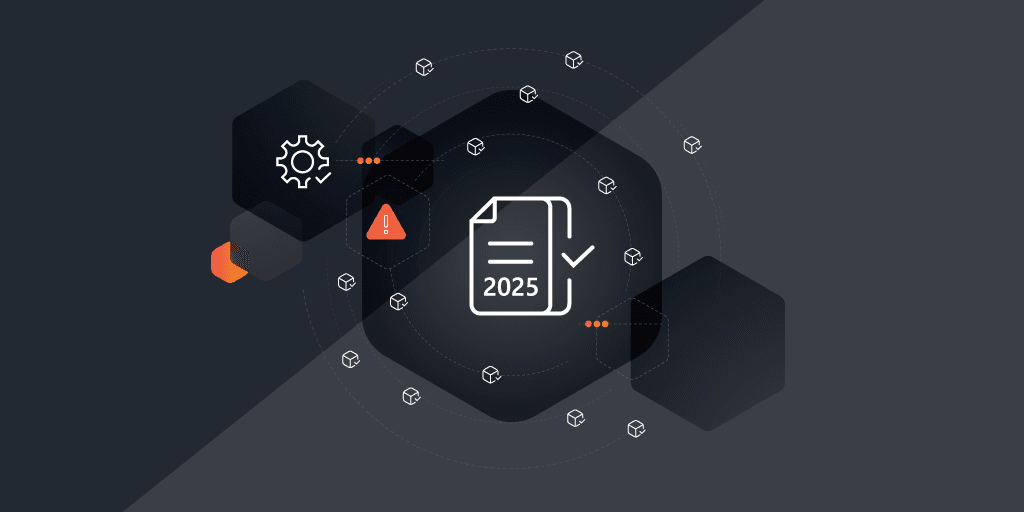
Securing a cloud environment with its thousands of settings to be configured and maintained is no easy task. As cloud environments grow more complex, the number of security risks and misconfigured public cloud services increases. Cloud security posture management (CSPM) is the answer to the growing demand for more security.
CSPM detects misconfigurations, cloud vulnerabilities, and suspicious activity in your cloud infrastructure. It is an essential part of a proactive and layered defense, ensuring a resilient security posture in the dynamic landscape of cloud computing.
What is Cloud Security Posture Management?
Cloud Security Posture Management or CSPM is a category of IT security tools tools and practices specifically designed to help organizations secure their cloud infrastructure. They do so by identifying misconfigurations and ensuring that everything adheres to best security practices and cloud compliance standards.
Cloud environments can have a wide range of services and configurations. CSPM tools help identify and remediate potential security risks and misconfigurations in the cloud infrastructure. They provide automated visibility and continuously monitor for gaps in security policy enforcement. These risks could include exposed sensitive data, improper access controls, insecure network configurations, and more.
As these tools are automated they save security teams the trouble of having to manually check their environments for security risks. CSPM tools can monitor SaaS, IaaS, and PaaS platforms, as well as containers and serverless code. They are especially useful in complex hybrid and multi-could environments.
Key Elements of CSPM
There’s a wide variety of CSPM tools available on the market, but they all share the same core components and functionality: to conduct continuous monitoring and automatically correct issues, without delays or the need for human intervention.
Continuous Monitoring of Cloud Assets
Organizations are continuing to opt into or expand their cloud infrastructure. As businesses grow, assets, data, applications, and processes are added, removed, and moved around. It’s easy to lose track. Cloud misconfigurations are easy to do and easier to overlook when there are a lot of moving pieces and multiple connected resources.
The first challenge in securing your cloud infrastructure is thus visibility. You need to know what assets you have, where they are, and how they interact. CSPM provides clear visibility by discovering and identifying all cloud assets and monitoring their status.
Configuration Assessment and Validation
The main purpose of CSPM tools is to detect and remediate cloud misconfiguration and the resulting risks and issues. They do so by keeping an inventory of best practices for cloud configurations and services. The tool then compares your cloud environment against these best practices to spot irregularities.
Misconfigurations are often the result of human error. By automating this process, CSPM reduces the risk of breaches. The same can be done for known vulnerabilities, security control frameworks, or regulatory compliance standards. This way you can make sure that your environment is completely secure and compliant.
Automated Remediation of Issues
One major advantage of CSPM is that it doesn’t just find and alert you to misconfigurations. Some advanced tools can also automatically remediate the issue using process automation. This reduces the workload of the security team significantly and guarantees compliance devoid of human error.
Benefits of CSPM
Cloud Security Posture Management is a crucial tool for organizations striving to protect their digital assets from misconfigurations, vulnerabilities, and compliance risks. This has the added benefit of proactive prevention, compliance, real-time monitoring, and supporting broader cloud security strategies.
Proactive Prevention of Misconfigurations and Vulnerabilities
Misconfigurations and vulnerabilities within a cloud environment can have severe consequences, ranging from data breaches to unauthorized access, and service disruptions.
CSPM helps to proactively prevent such issues by monitoring your cloud infrastructure for potential risks. It identifies misconfigurations, insecure network settings, and vulnerabilities that could be a target for malicious actors. Where possible, it also automatically remediates these issues, significantly reducing the window of opportunity for attacks to occur.
Strengthening Compliance with CSPM
Regulatory frameworks – like HIPAA, SOC2, or GDPR – and their requirements for data protection and privacy can pose a significant challenge for organizations operating in the cloud. CSPM helps you achieve compliance by performing automated checks against regulatory frameworks and industry standards.
It allows you to generate detailed reports showcasing adherence to specific regulations. This also makes audit preparations more efficient and less prone to human error. This not only satisfies regulatory authorities but also instills confidence in stakeholders knowing that robust security measures are in place.
Real-time Monitoring and Rapid Incident Response
CSPM offers real-time monitoring capabilities, allowing organizations to detect and respond to security incidents promptly. By constantly monitoring the cloud environment, CSPM tools can identify unusual activities or deviations from the security baseline. This proactive approach leads to faster incident response, preventing potential breaches or stopping issues from escalating.
With how rapidly cyber threats can evolve, a delayed response can have severe consequences. Thanks to the real-time insights that CSPM provides security teams can receive immediate alerts. This allows them to investigate incidents and implement the necessary remediation measures swiftly.
Integrating CSPM into Cloud Security Strategies
CSPM is not a standalone solution but a critical component within a broader cloud security strategy. Integrating it into your overall security approach ensures a comprehensive and layered defense against cyber threats. It complements other security measures such as identity and access management (IAM), encryption, and threat intelligence.
A well-integrated cloud security strategy involves aligning CSPM with other security tools and processes. This synergy allows you to address a wide range of security challenges and ensures a holistic approach to cloud security. CSPM’s role extends beyond vulnerability management to contribute to the overall resilience of the cloud infrastructure.
CWPP vs CSPM
CSPM (Cloud Security Posture Management) is often confused with CWPP (Cloud Workload Protection Platforms), and it’s easy to see why. Both are essential tools in securing your cloud environment. The difference lies in the different aspects that they focus on.
Where CSPM focuses on ensuring the secure configuration and compliance of the entire cloud infrastructure, CWPP secures the individual workloads and applications running within the cloud environment. It takes a proactive approach to threat detection and response and secures the applications code and runtime environment.
As we touched on before, CSPM is part of a multi-layered security approach that CWPP also fits into. While CSPM ensures the overall security of the cloud infrastructure, CWPP adds an extra layer of protection by securing individual workloads and applications. The combination of both approaches addresses security priorities comprehensively. Together, they provide a well-rounded defense that can easily adapt to the dynamic nature of cloud computing.
Best Practices for CSPM Implementation
As with everything in cybersecurity, your CSPM implementation approach will be unique and tailored to the needs of your organization. Of course, there are some best practices you can implement to enhance the effectiveness of your CSPM adoption.
- Regularly assess your cloud environment using your CSPM tools to identify misconfigurations and vulnerabilities. Use continuous monitoring to ensure that security configurations remain compliant and to proactively catch and remediate any issues.
- Foster collaboration between security and operations teams to bridge the gap between security policies and operational practices. Involve both teams in the deployment and configuration processes to ensure that their considerations are integrated from the beginning.
- Integrate CSPM into your incident response plans. Establish clear procedures for how CSPM findings should be handled within the broader incident response framework.
- Provide regular training to your cloud and security teams to keep everyone up to speed on the use of CSPM tools and best practices for maintaining a secure posture. Foster awareness of the importance of security configurations and the potential impact of misconfigurations on the organization.
- Customize policies and alerts to align with your organization’s specific security requirements and compliance standards. Configure alerts to ensure that high-priority issues are addressed promptly.
- Maintain clear documentation of security configurations and CSPM policies.
- Regularly update and adjust your CSPM policies based on changes in cloud services, updates to your chosen tool, and evolving security best practices. Also, make sure to accommodate changes in your cloud environment and address emerging security threats.
- Conduct periodic audits to assess the effectiveness of CSPM in maintaining a secure posture. Perform compliance checks to verify that security configurations align with regulatory requirements and industry standards.
CSPM is an indispensable tool for organizations navigating the complexities of cloud security. It can seamlessly integrate with existing practices. This way you can not only identify vulnerabilities but strengthen your security profile against emerging threats. CSPM ensures not just compliance but a resilient defense against misconfigurations, empowering organizations to harness the full potential of cloud computing with confidence in their security posture.


